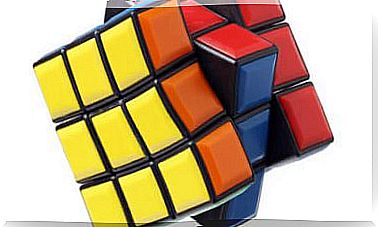LIJ From EBook Distribution Platforms

With the appearance of electronic books and their sale through digital channels, distribution and sales platforms such as Amazon, Casa del Libro or Google Play, among others, have become the main purchase channel.
However, in the vast majority of the occasions in which we go to consult these distribution platforms, the books that appear first and at first glance are books for adults.
After conducting a search, we can already find children’s and youth literature (LIJ) books on these platforms. This leads us to ask ourselves a serious and important question: why is there so little visibility of children’s and young people’s literature on these platforms? Today we will know a little more about this topic
Visibility of children’s literature on platforms
The presence of children’s and youth titles is minimal when compared to the rest of the categories or themes. It is only necessary to perform a search on any of the platforms to realize it.

In the vast majority of platforms, even when searching, the results include the total number of titles that are had, so it will only be necessary to compare these numbers to realize it.
Children’s and youth literature board
Another aspect that attracts the most attention and that occurs in the vast majority of platforms is that children’s and young people’s literature (LIJ) are included in the same category. This is a serious mistake that should be eradicated, as children’s books are very different from children’s books and must therefore go into separate categories.
In this way, customers can only get confused when purchasing a book because they are totally unaware of what they are buying.
In addition, this aspect is detrimental for young audiences, since, during adolescence, these types of readers do not like to be related to children, as they have a deep-rooted feeling of ‘maturity’.
Cover sample and preview of snippets in LIJ
Another of the key aspects within the visibility of children’s and young people’s literature is that young people themselves, before acquiring a book, can view its cover and even read a small fragment.
The platforms have been able to give importance to this element when buying a book and many already include the cover images of the books and a small fragment of it, in addition to the summary, which has always been kept in mind. The more information there is about the book and the more it can be consulted, the more confident the customer will be to buy it.
The recommendations in LIJ, essential for buying a book
Word of mouth has always worked when recommending any product or activity. If a close person recommends us something they liked, we are safer to buy it. However, today, it is no longer necessary for that person we are talking about to be close. And it is that the use of social networks and the Internet has led to the creation of numerous video channels, social network accounts or readers’ circles on the Internet that make this option.

The platforms are aware of how important it is for a person to read good or even bad opinions about books, which is why , to a greater extent, they include sections that are used as recommendations and that are represented through:
- Scoring systems.
- Possibility of leaving a comment.
- Symbols reminiscent of Facebook and its acquaintances ‘likes’.
- Possibility of sharing the book from the platform through social networks.
What are the platforms that best show the LIJ?
None of the e-book distribution and sale platforms meets all the requirements that would be necessary for children’s and young people’s literature to have a good presence.
While it is true that some of them stand out for doing a great job in some specific aspect or aspects, none of them fulfill all of them.
This conclusion raises the low importance that the sector gives to digital children’s and young people’s literature, perhaps due to the success of sales of paper books in this sector that continues to exist today. Despite progress in making this category more visible, the LIJ is still far below the vast majority of them.










